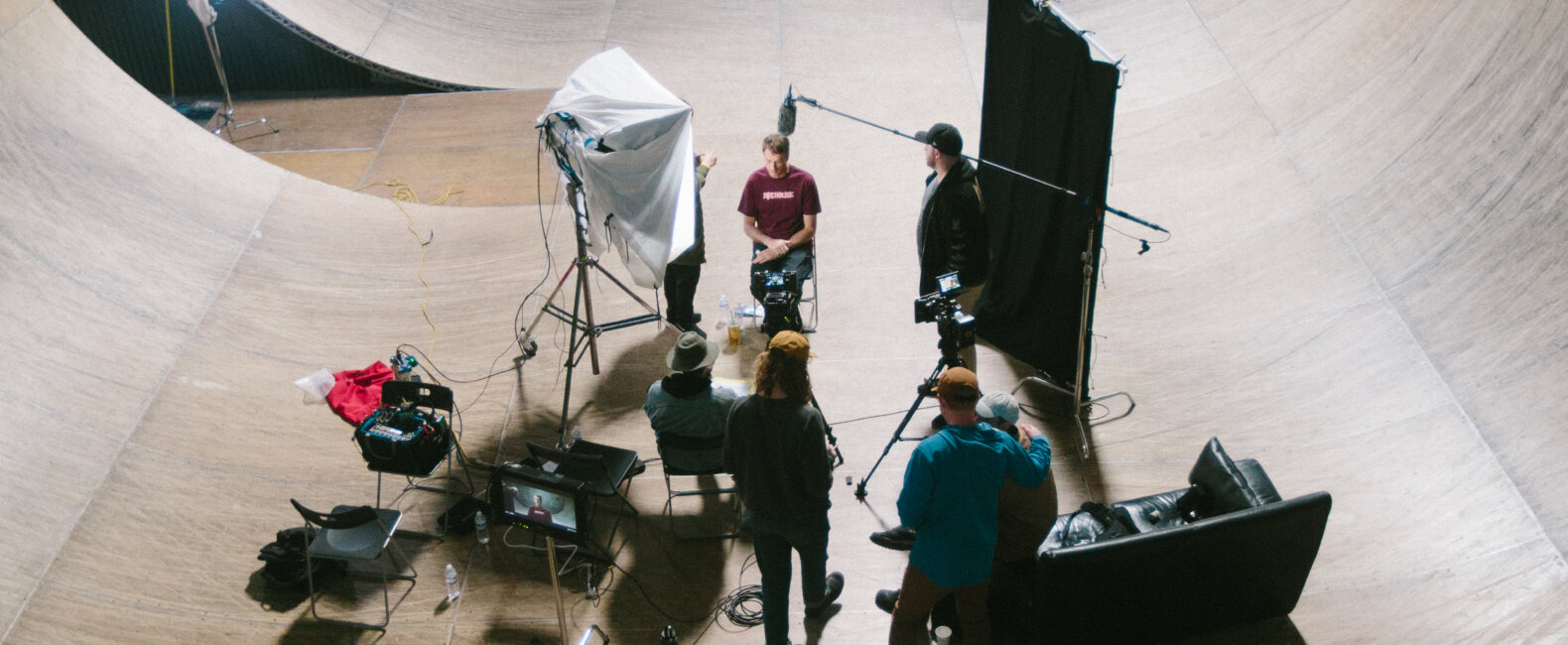At the end of a project, we simply want to walk away knowing we’ve done our very best work, creating the strongest film we could make. But between the start and finish, there’s nothing that simple. There’s the anxiety of pitching your vision to strangers, the unpredictability of production, and the tension of navigating post-production expectations from multiple stakeholders.
As Director Cole Sax reminded us, the best chance of bringing your project to life is to keep moving forward and making the film you know needs to be made.
“Even before the pandemic, we were having shoots canceled in Australia with wildfires, flooding in Peru—every disaster that could happen was happening and that was extending the timeline. But YouTube never alluded to canning it. They said, ‘Of course, we want to do this. We’re going to see this project through.’”
Those conversations were behind a massive undertaking for Cole and his team, a feature-length documentary called World Debut that highlights the introduction of surfing, rock climbing, and skateboarding into the 2020 Olympic Games. Not only was it a complicated production, but it’s a complicated story, weaving together narratives from each sport while also detailing the complicated backstory of the Olympics.
In our conversation, we talked about the challenges, both narratively and logistically, of pulling off this incredible project. Cole offers some insight on pitching to YouTube, managing feedback from the powers that be, and using stories as a proxy.
Musicbed: How long have you been working on this film?
Cole Sax: The WZRD team and I started right after the Far From Home series I worked on, where we followed six unlikely winter Olympians and their quests to make it to the winter games. We did that project with Boardwalk, the Olympic Channel commissioned it, and then we started talking about the new Olympic sports. This was in 2018.
We reached out to Tony Hawk and his team and got Tony on board. Then we started pitching it. YouTube said, “This is great, but what if we told the story of how the sports got into the games in addition to the athletes’ journies?” That changed the creative. At that point, it was 2019. There was a lot of back and forth between YouTube and the Olympic Channel at the start of 2020. It was going to release for that year’s games. We did a few months of production and then COVID happened.
It was put on hold for pretty much that whole year until we started talking to YouTube again. We talked about what the project looked like in a post-pandemic world and how the story aligns. We picked it back up for about three months of production at the end of 2020 and the beginning of 2021. All in all, it was over the course of two years.
Were you afraid the project would get canned completely?
Yeah, for sure. It was nerve-wracking. YouTube was very supportive throughout the process. I definitely thought at one point, ‘If they don’t want to continue the project, it would suck, but I get it. They’ve already put so much money into it.’ Even before the pandemic, we were having shoots canceled in Australia with wildfires, flooding in Peru—every disaster that could happen was happening and that was extending the timeline.
But YouTube never alluded to canning it. It was probably just my own fear and anxiety because, when we got back on the call, they said, “Of course, we want to do this. We’re going to see this project through.”
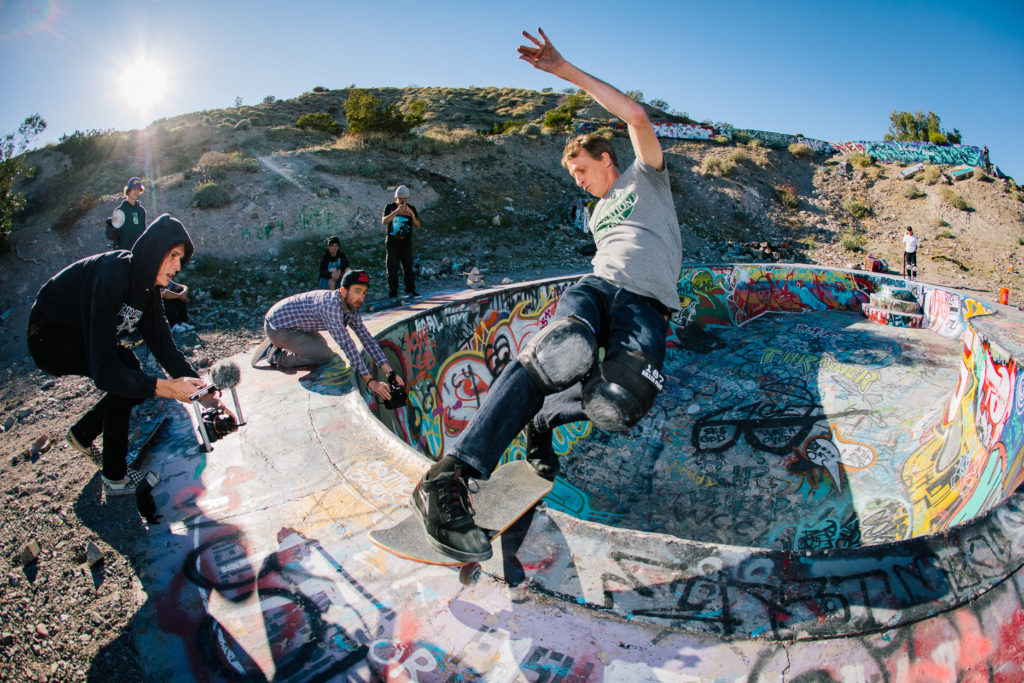
Was the process of pitching to YouTube different from a traditional network or studio?
Pitching is always an exciting process. When pitching to a network it isn’t totally different from pitching it to a potential production studio partner, but the stakes do feel a bit higher. We pitched the project to Boardwalk, but we know them. We’ve worked with them. They’re friends, so it feels very comfortable. I always get jitters going into these network meetings speaking to executives who usually have a very surface-level understanding about you or the concept. They generally don’t read the material beforehand.
It was a really clean slate going into it. We went to the Google headquarters outside of Marina Del Ray, sat down in this boardroom with their team, and walked them through the concept. They were very engaged and asked great questions.
Afterward, we had so many follow-up phone calls talking about the creative. That process was cool because I haven’t always had that type of collaboration upfront. Generally, I hear, “Well, what material do you have? Who’s attached?” It can be very dry. Whereas YouTube was just as stoked as were on doing the project, so the collaboration was great. And also, credit to them because they’re the ones that had the idea to change the storyline which, honestly, added a unique perspective.
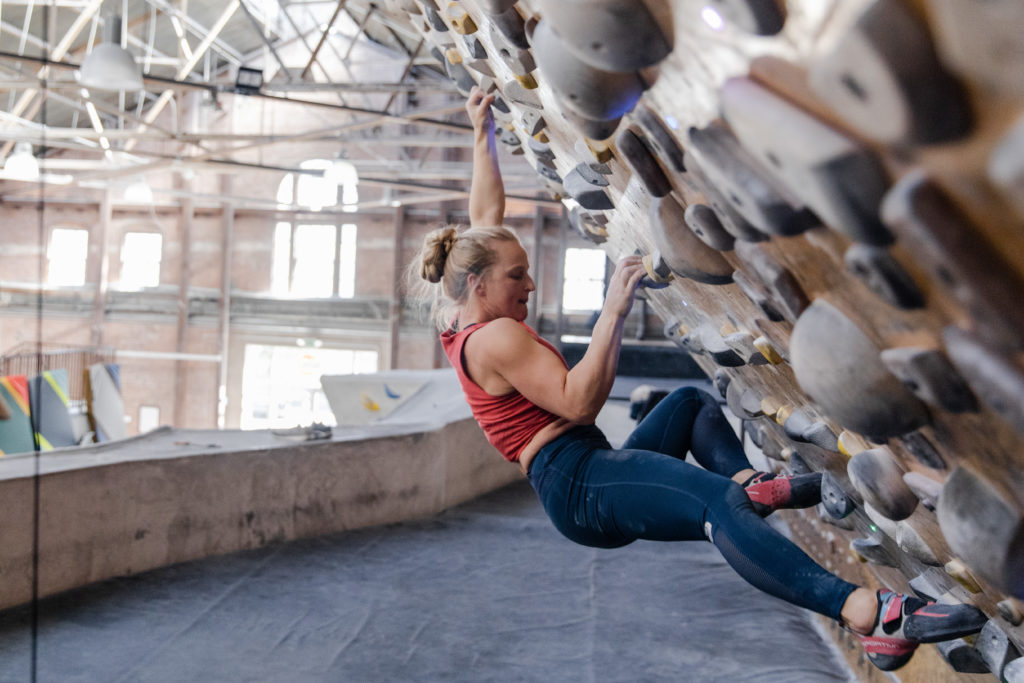
And that’s when the Olympic Channel came on board?
All the discussions were happening at once. The Olympic Channel knew we were working on this concept because we worked with them in the past. As filmmakers, we wanted to do something different and find a home that would have a healthier budget for the concept. Once there was traction from YouTube, that’s when we went back to the Olympic Channel.
That was probably the toughest part—having this huge organization like the Olympics and the Olympic Channel involved. Anyone in media understands what it’s like to work with Olympic content and how you speak about it. There’s so much red tape. And we did some things in that film that I never thought the Olympics would allow. They talked about viewership declining in North America. They were very open with where they stood, and how they’re working to evolve. So was it very easy to get that content in there? No. It was tough.
How did you manage to get that level of transparency?
That’s a great question. The Olympics are going into this project with some humility. They’re being honest about themselves, holding up a mirror and saying, “Hey, this is how we’ve been and how we need to change.” For example, when I was conducting those interviews, the process was rigid because any interview question that I wanted to ask these high-level executives at IOC had to be filtered through their marketing and PR teams.
I said, “I am going to be as respectful as I can, but I’m also going to ask some different questions that aren’t on the piece of paper.” They were cool with that. We meet them as human beings, and that’s what it’s all about, building that human-to-human connection. We just got to develop those relationships. Then, we ask different questions and pull down this veil, which was nice.
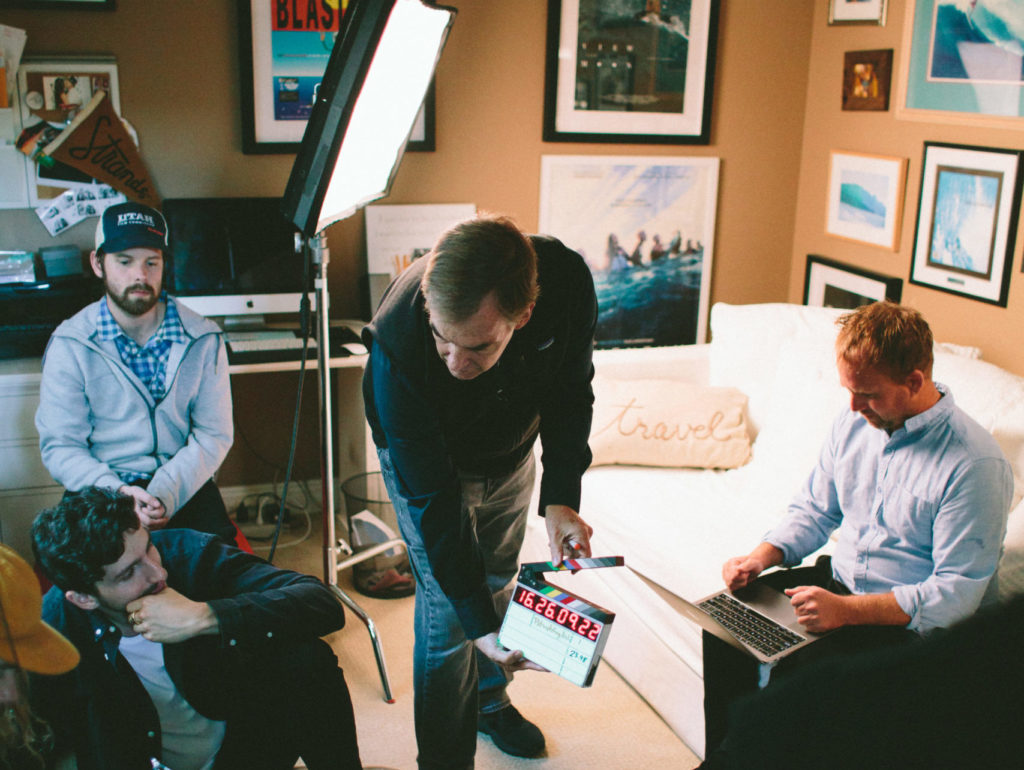
For the review and the cuts, it was difficult because we had two masters essentially. We had YouTube, we had the Olympics, and then we had partners involved too. We had Boardwalk Pictures and there were EPs who were going to have an opinion about it as well.
We went to the Olympics Channel first and came back with notes. Then we’d send it to YouTube and say, “Hey, here are the Olympic Channel’s notes. What are yours?” We’d all talk about how the notes aligned, or how they’re conflicting because it’s essentially two networks decided what we were going to say. This was a major task to undertake, and I commend the work from our Post Producer Douglas Kerr and our edit team for tackling the challenge!
Meanwhile, how did you map out this massive storyline?
This was the toughest story I think we’ve ever made. It would be different if we focused on one sport with different characters from that sport. But, it’s three sports, all different characters. All different stories of how they got into the games. All with different ideas and feelings. At one point, karate was in this film, too. We were doing four sports and trying to figure out how to weave it together in 90 minutes. The cut we delivered before the final cut was like two and a half hours long. It was super, super tough.
I think the biggest takeaway was looking at stories as proxies. Take Fernando Aguerre, the ISA President, for example. He has this story of his first meeting with the IOC. Can that just be the story for all the stewards? Do we need Gary’s? Do we need Marco’s? Maybe those two other characters can come in with some colorful lines or something, but Fernando is going to tell that story. That really helped us. Who is going to tell the story of the rise of action sports? Okay, we’re going to do that through Tony Hawk’s 900. That’s the best story we have.
Once we started looking at certain storylines as proxies, that was a game-changer for us because we were able to be ruthless with cutting out stuff that we loved, but was necessary to cut out.
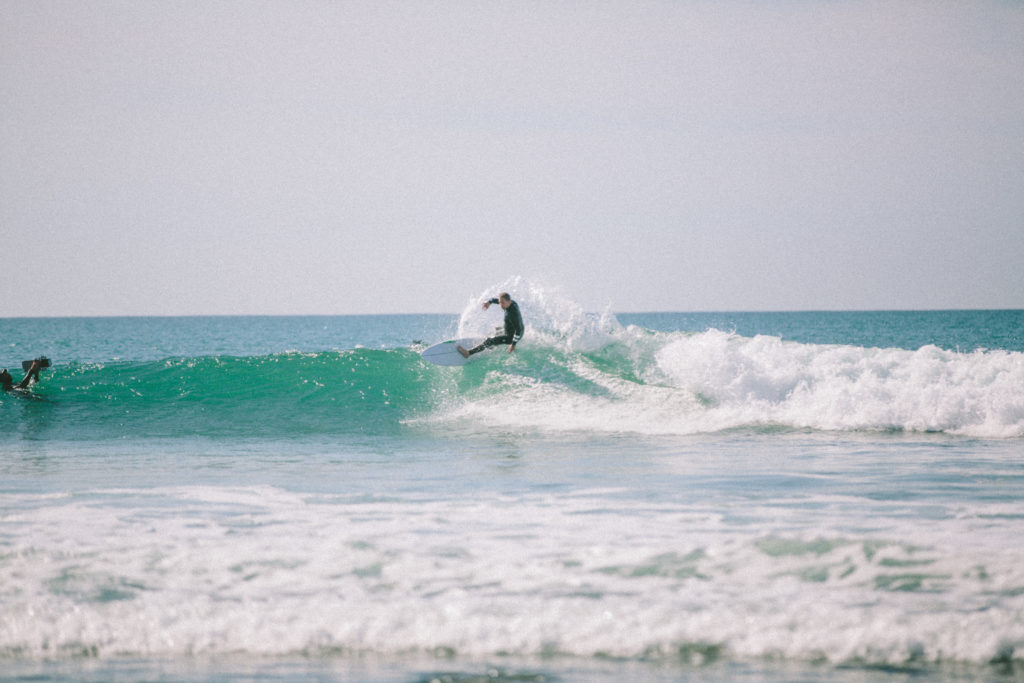
And did the different entities involved have cuts as well?
There was a point in the process when we were told we needed to cut so much footage because it showed someone smoking a pipe, swearing, or similar actions. We’re not telling people to go out and smoke and drink and party all the time, but it’s also the attitude of some of these sports. Especially with these lifestyle sports, you just do what you want. But we had people on the project really go to bat for us at that point. An executive hopped on a call and said, “There’s no way we’re going to cut up this film.” That’s when it was out of our control. The networks just needed to hop on a phone and talk it out.
It was tough. A lot of the time I needed to put up a wall between myself and what was going on in those meetings to focus on the story and not get so caught up with how this person wants this or how that person wants that. We’d just go back to our virtual editing room. We’d get with the people who are in the trenches working on this project and say, “Okay, how are we going to do this? How are we going to make it? Let’s just forget about all that other shit and figure out what is going to make the best possible story.” Those were always nice moments.
Just keep moving forward.
Boardwalk was really supportive in that, too. They would talk to us and say, “You’ve just got to keep going and do what you guys are stoked on.” There were some conversations going on between networks that me and my co-director Galen Knowles chose not to repeat to the post team. We’d just say, “Let’s make the film that we want to make.” And that’s ultimately what we did.
There was no time to debate whether or not this should work or this would work. We needed to do what the film wanted to do. That’s the weird thing about post. I feel like you’re cutting, and you have this idea of a story, you’re doing rewrites, and the film always reveals itself to you at some point. With every iteration, we were making huge structural changes—up to the final hour essentially. I’m happy that it eventually fully revealed itself. We all walked away feeling good. With how much was going on and how many ideas and topics we’re talking about, we walked away knowing this was the strongest film we could make. That felt good.
Read how filmmaker Chris Murphy learned to adapt, sacrifice, and recognize obstacles as a narrative gift on the production YETI’s ‘Kekoa’.















































































